AI Meets Blockchain: 5 Leading Projects to Watch in 2025
AI and blockchain—two of the most transformative technologies of our time — are no longer developing in parallel.
On one side, blockchain offers transparency, decentralization, and secure data management. On the other hand, AI brings powerful tools for pattern recognition, automation, and decision-making. Together, they’re opening new possibilities across sectors like finance, identity, cybersecurity, and infrastructure.
According to Precedence Research, the global blockchain AI market is projected to reach approximately USD 4.34 billion by 2034.
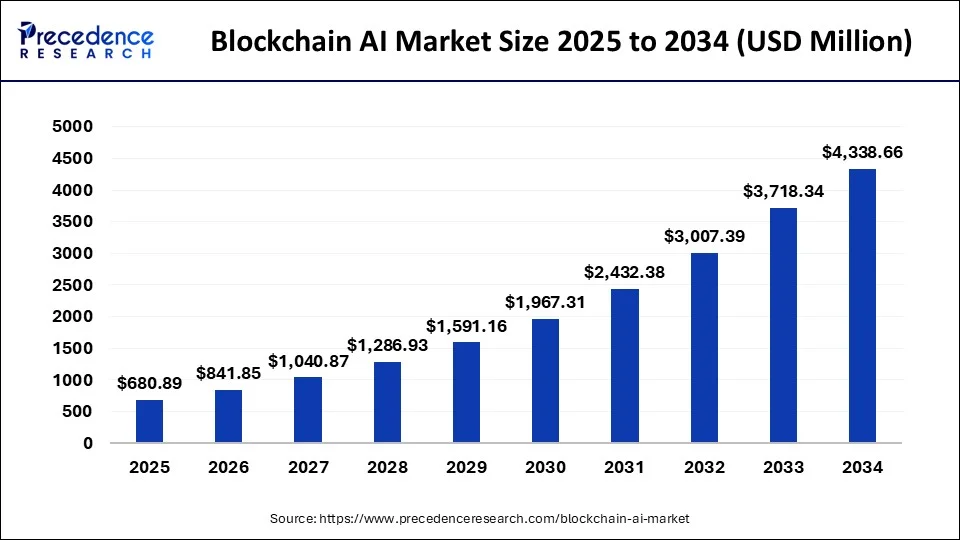
As both technologies continue to evolve, projects that combine their strengths are starting to reshape how we think about automation, data integrity, and decentralized intelligence.
In this article, we’ll explore five standout projects that sit at the intersection of AI and blockchain — each pushing the boundaries in its own way.
CertiK – Security Audits Enhanced by AI
In just one quarter, over $236 million was lost to code vulnerabilities — that’s what CertiK’s Q2 + H1 2025 Hack3d Report revealed. It's a sharp reminder that even in a maturing industry, smart contract exploits remain one of the most expensive and persistent threats in crypto.
This means that to truly improve crypto security and keep up with evolving threats, audit firms need to adopt more advanced, innovative tools. CertiK takes this approach by combining AI with formal verification to strengthen the audit process.
For developers, it helps catch subtle bugs and edge cases before deployment, reducing the risk of costly vulnerabilities. For users, CertiK’s AI-powered monitoring watches live contracts and flags suspicious activity early — crucial for detecting exploits or abnormal fund flows in real time.
Takeaway: AI is becoming a key tool in making crypto safer. It doesn’t replace human experts but helps them work faster and catch more risks—especially as projects get more complex.
Token Metrics – Bringing AI to Crypto Market Analysis
Whether you’re an investor trying to spot promising projects or a trader navigating volatile markets, the sheer volume of data in crypto is overwhelming. Manually following thousands of tokens, NFTs, and on-chain metrics is unrealistic.
Token Metrics applies machine learning to analyze market data at scale. It looks at price trends, project fundamentals, and on-chain signals to generate rankings and identify emerging patterns. For investors, this can sharpen decision-making by filtering noise and highlighting projects that fit your strategy. Developers might use it to understand market sentiment or benchmark their own tokens.
Takeaway: While AI can’t predict every market move, it’s become an essential tool for anyone serious about research—helping to transform mountains of raw data into digestible, actionable insights.
GraphLinq – Automation and AI for Smarter On-Chain Workflows
As DeFi gets more complex, managing on-chain workflows manually just doesn’t scale. Whether it’s tracking multiple wallets, monitoring protocols, or running bots — it all takes time and technical skill.
GraphLinq addresses this by offering a no-code automation platform that lets users build automated workflows without writing a single line of code.
But GraphLinq goes beyond just automation. It also integrates AI directly into DeFi workflows.
- Through OpenAI support, users can build intelligent bots for platforms like Telegram, Discord, Twitter, and Twitch — bots that can answer questions, generate responses, and even help analyze market data.
- The platform is also preparing to launch GraphAI—a DefAI Agent built to handle more advanced tasks such as cross-chain arbitrage, liquidation sniping, and on-chain transaction execution. The goal isn’t just speed — it’s smart, adaptive decision-making in response to real-time market conditions.
- For developers and validators, GraphLinq Terminal brings AI automation to infrastructure management. It’s a desktop application that simplifies node deployment, server control, and troubleshooting — all through a clean UI and built-in AI assistant. You can launch Ethereum nodes or validator setups with one click, ask the AI to scan logs and suggest fixes, or get config recommendations tailored to your current server state. No deep sysadmin knowledge required.
Takeaway: AI and automation aren’t just convenience features anymore — they’re becoming core to DeFi infrastructure.
Blackbird.AI – Fighting Misinformation
In crypto, narratives move markets — and misinformation can be just as powerful as fundamentals. Blackbird.AI is tackling the problem head-on. The platform combines AI and blockchain to assess the credibility of content circulating online — including social media posts, articles, and other public narratives that often influence markets and public opinion.
Its AI models analyze signals like bot activity, coordinated campaigns, and polarization patterns, flagging content that may be misleading or manipulated. At the same time, the Blackbird blockchain serves as a transparent ledger to record verified content and crowdsourced credibility reports — making it tamper-proof and publicly auditable.
Takeaway: In crypto, where hype and fear can swing markets fast, AI helps track and verify narratives—and when those insights are stored on-chain, it brings more transparency and trust to the conversation.
LeewayHertz – Building the Next Generation of Web3 Solutions
LeewayHertz specializes in helping businesses design and build Web3-focused software platforms that combine blockchain, AI, and cutting-edge tech.
Their work spans industries like healthcare, education, and finance — showing how blockchain and AI are becoming foundational beyond just crypto. For developers and crypto entrepreneurs, LeewayHertz offers the tools and know-how to navigate the complexities of Web3 infrastructure, smart contracts, and user-friendly dApps.
Takeaway: As crypto goes mainstream, companies need builders who understand both blockchain and business logic—not just how to write smart contracts, but how to turn them into real, scalable products.

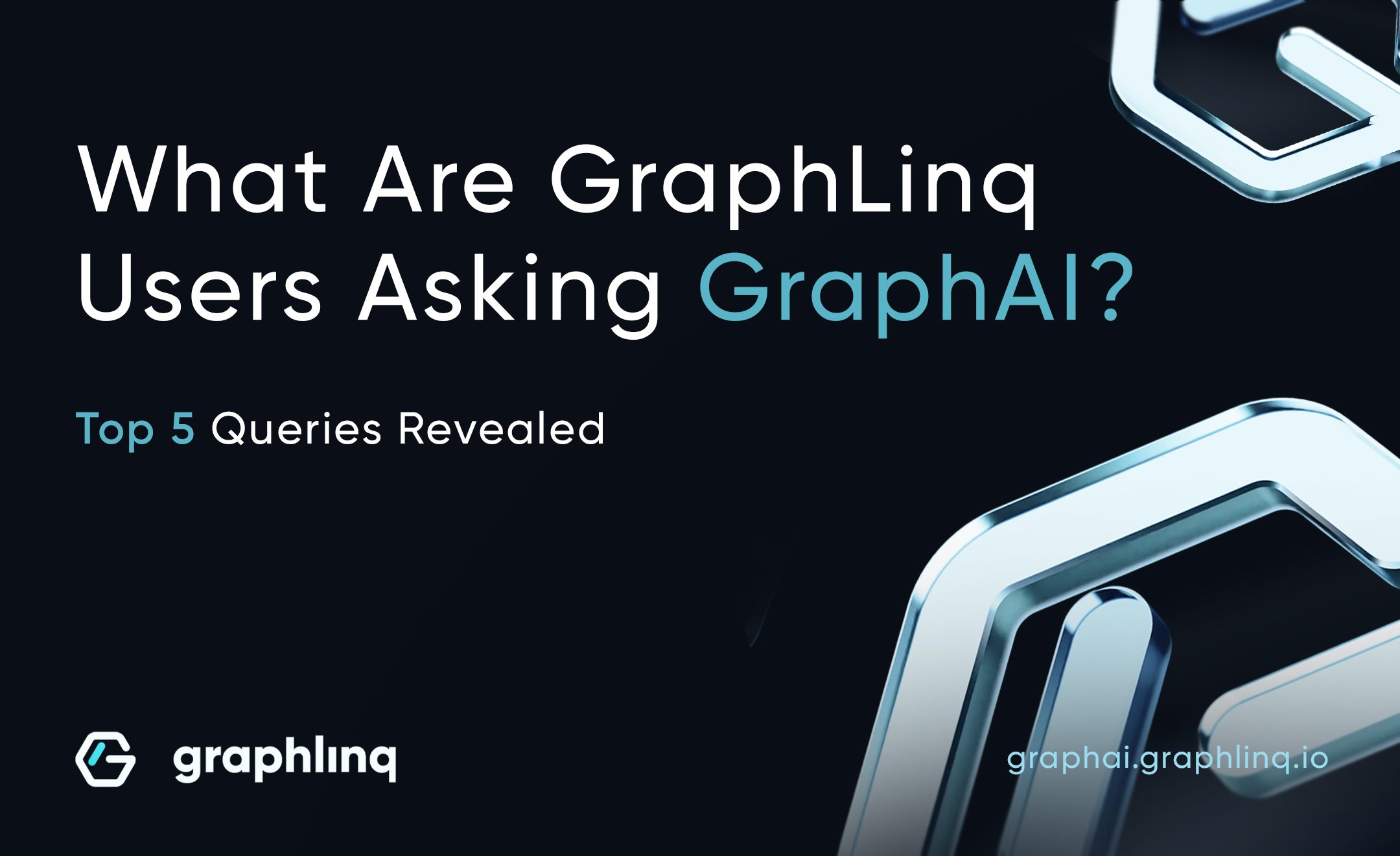
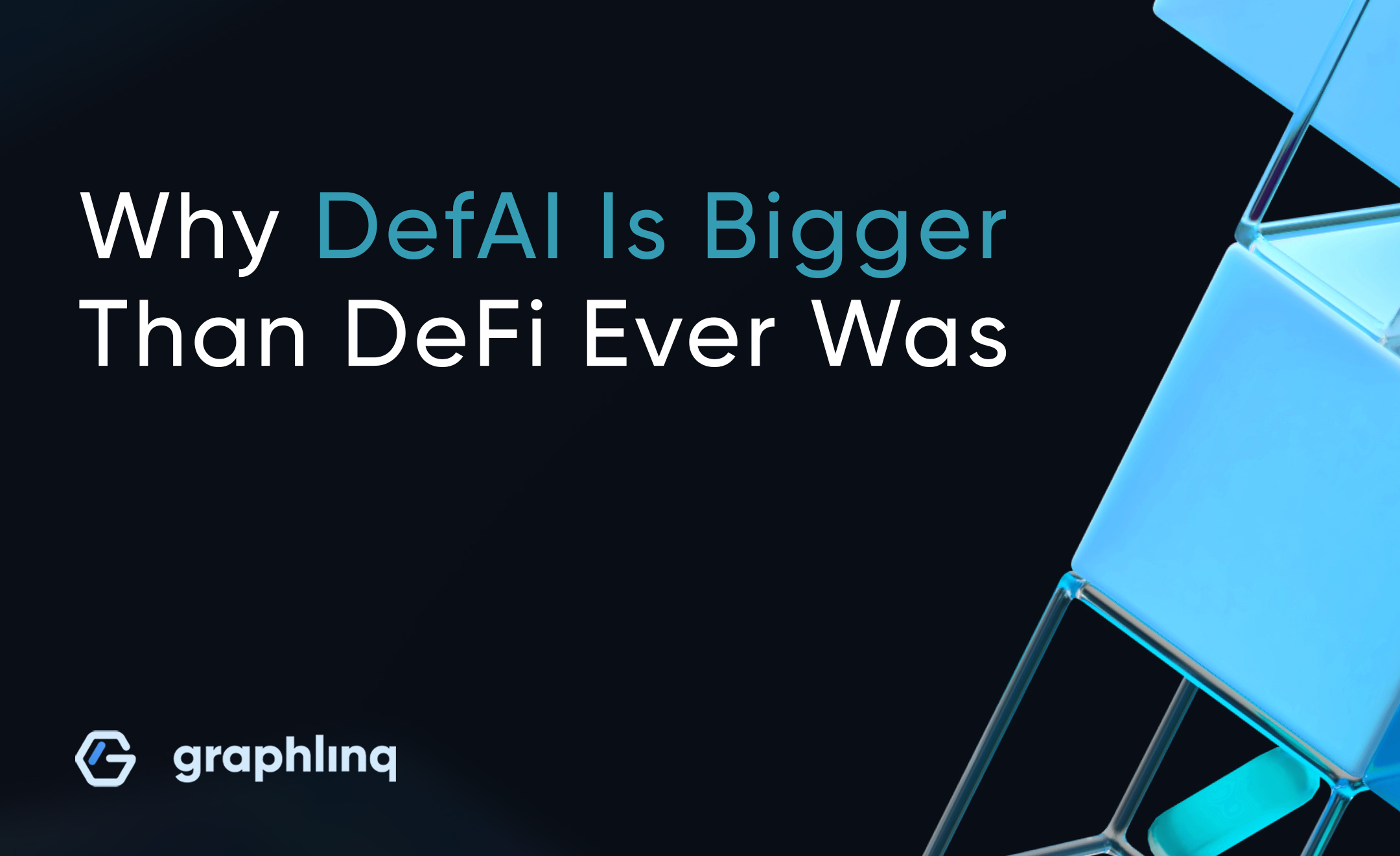

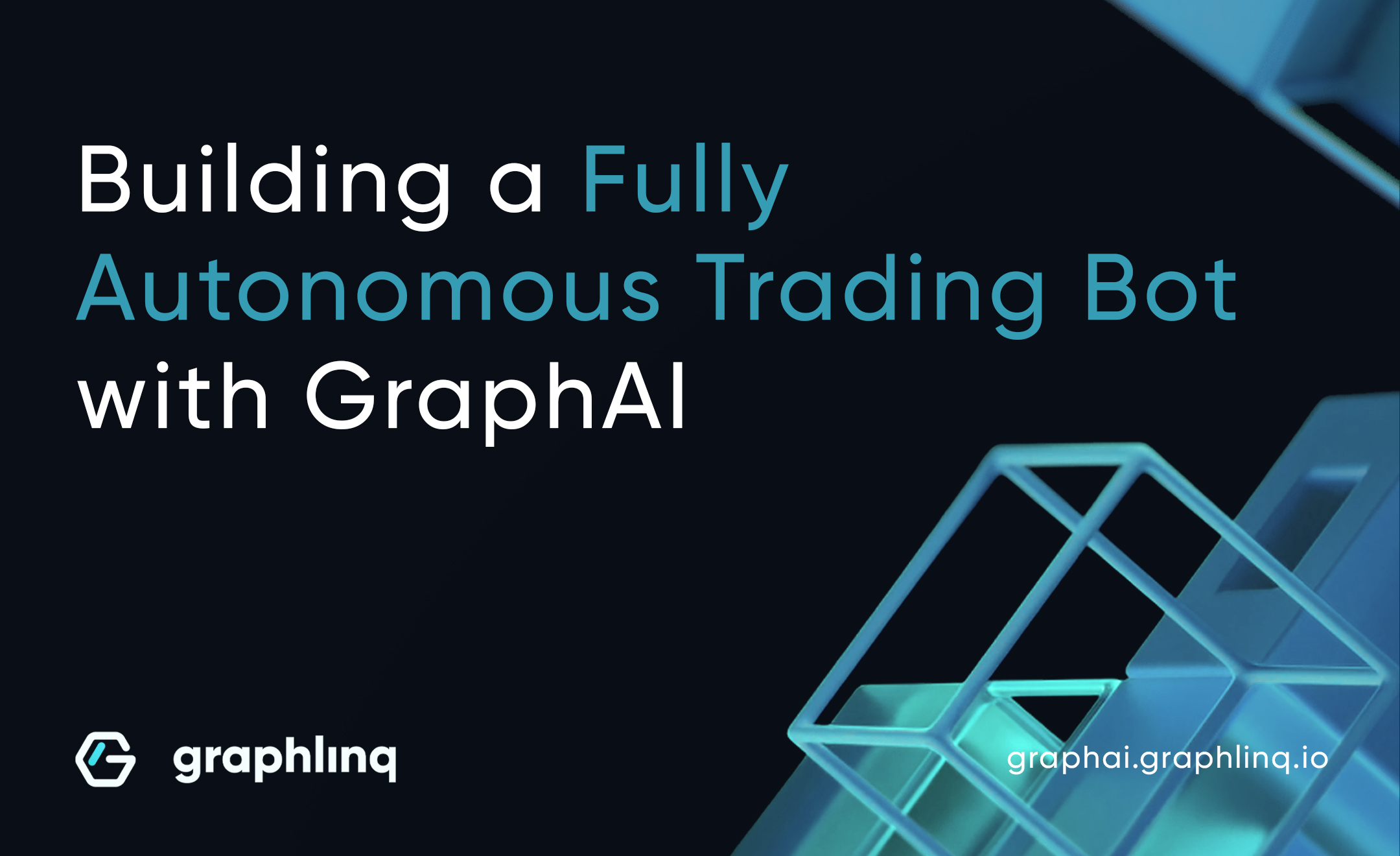
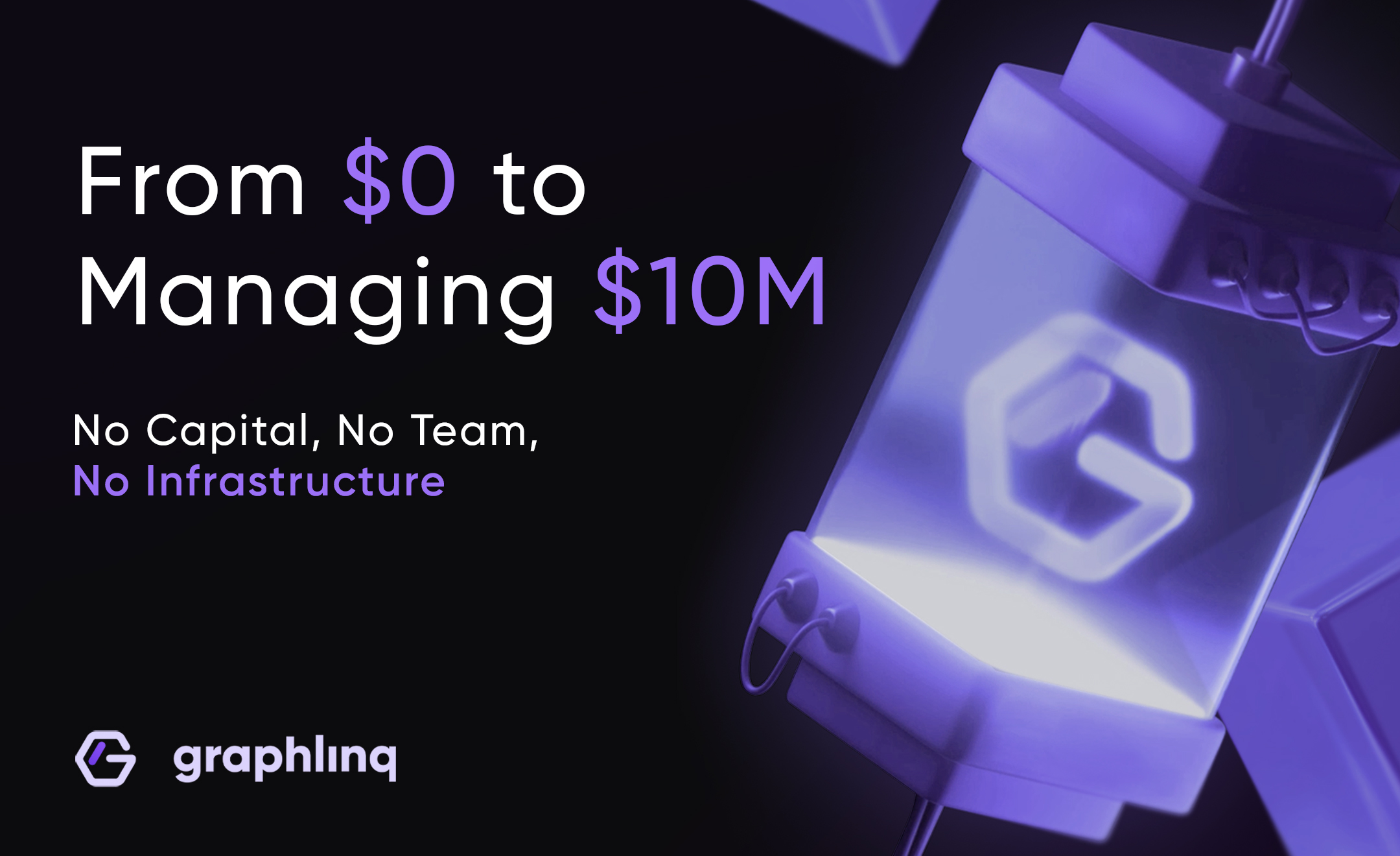
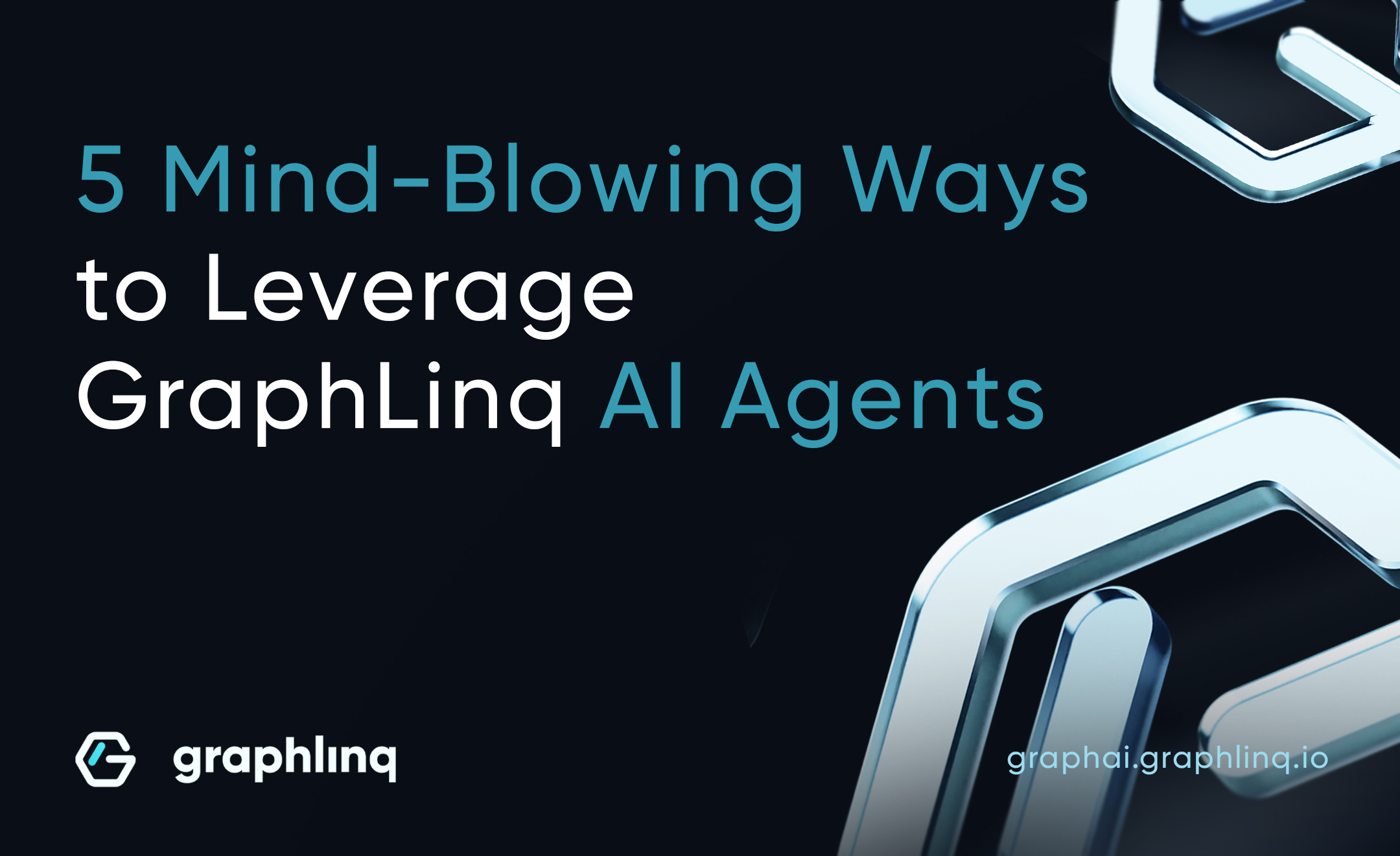
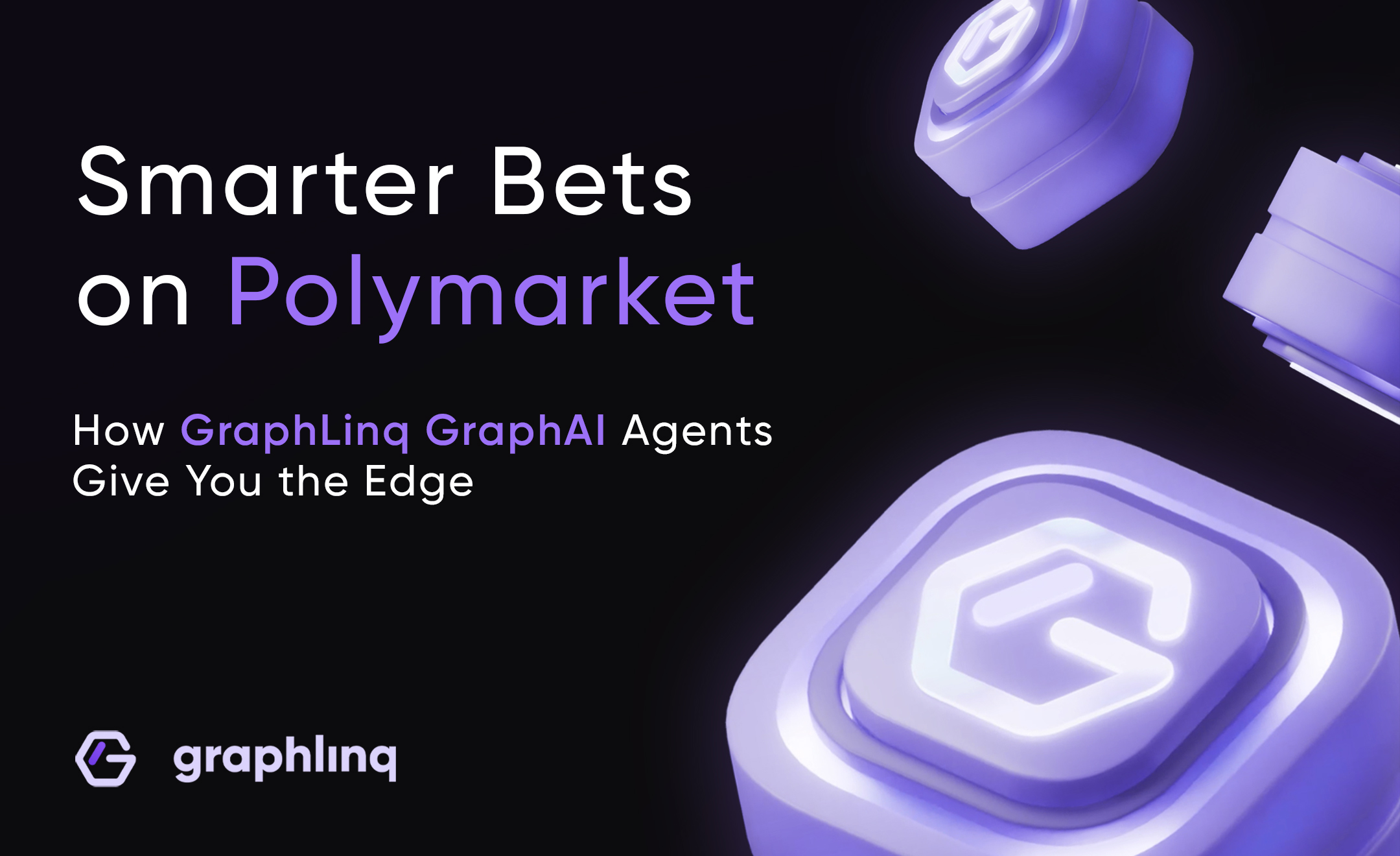
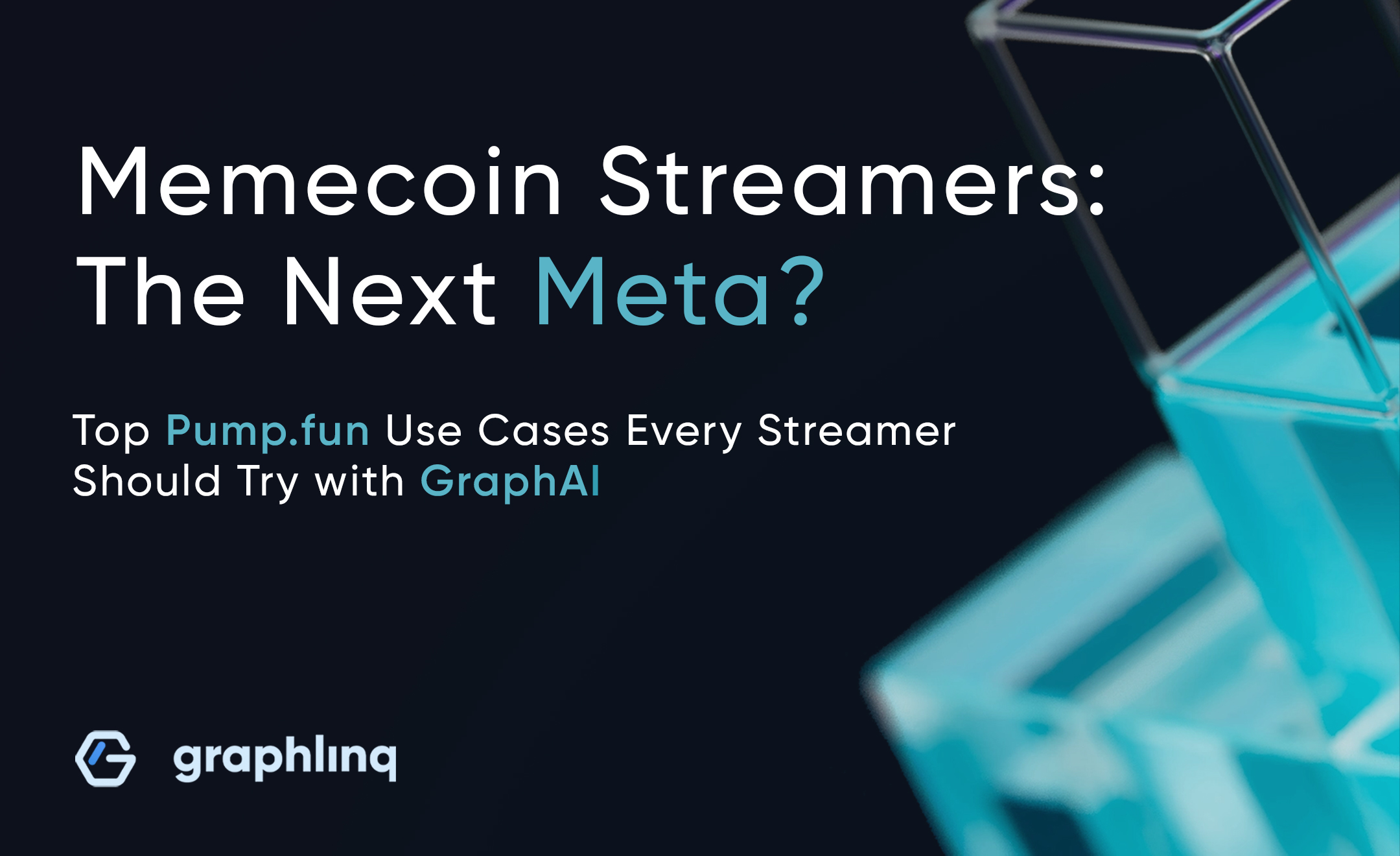
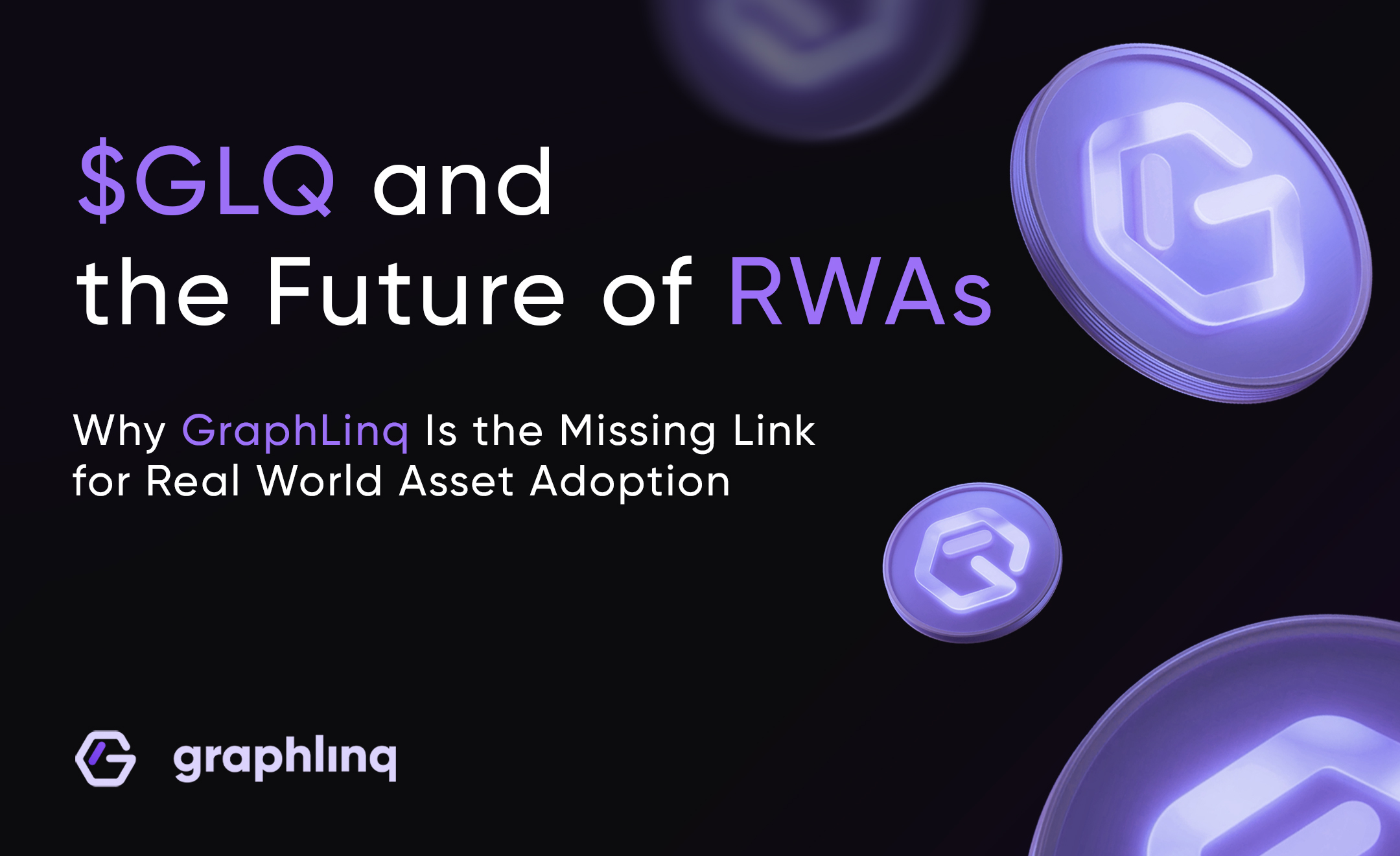
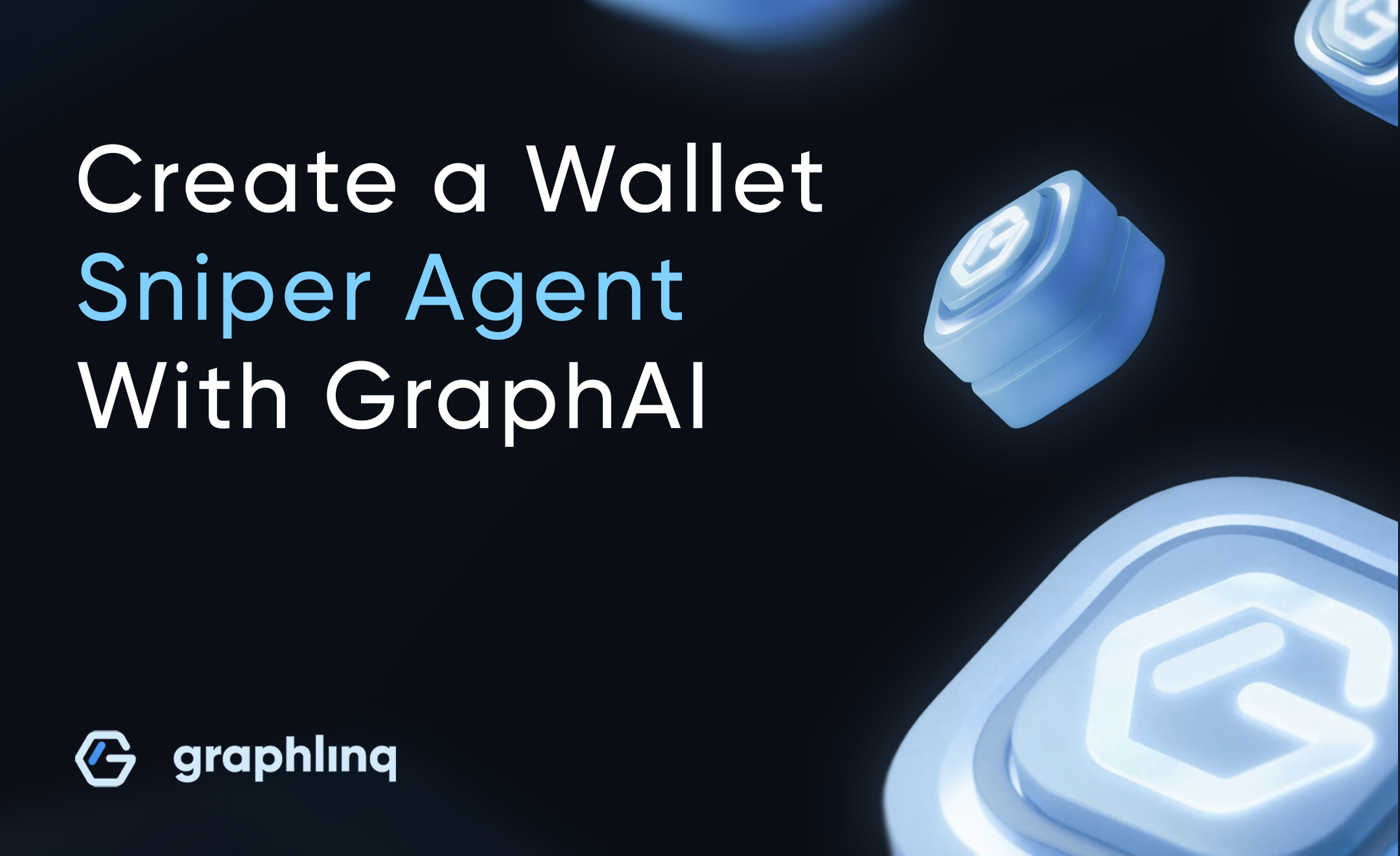

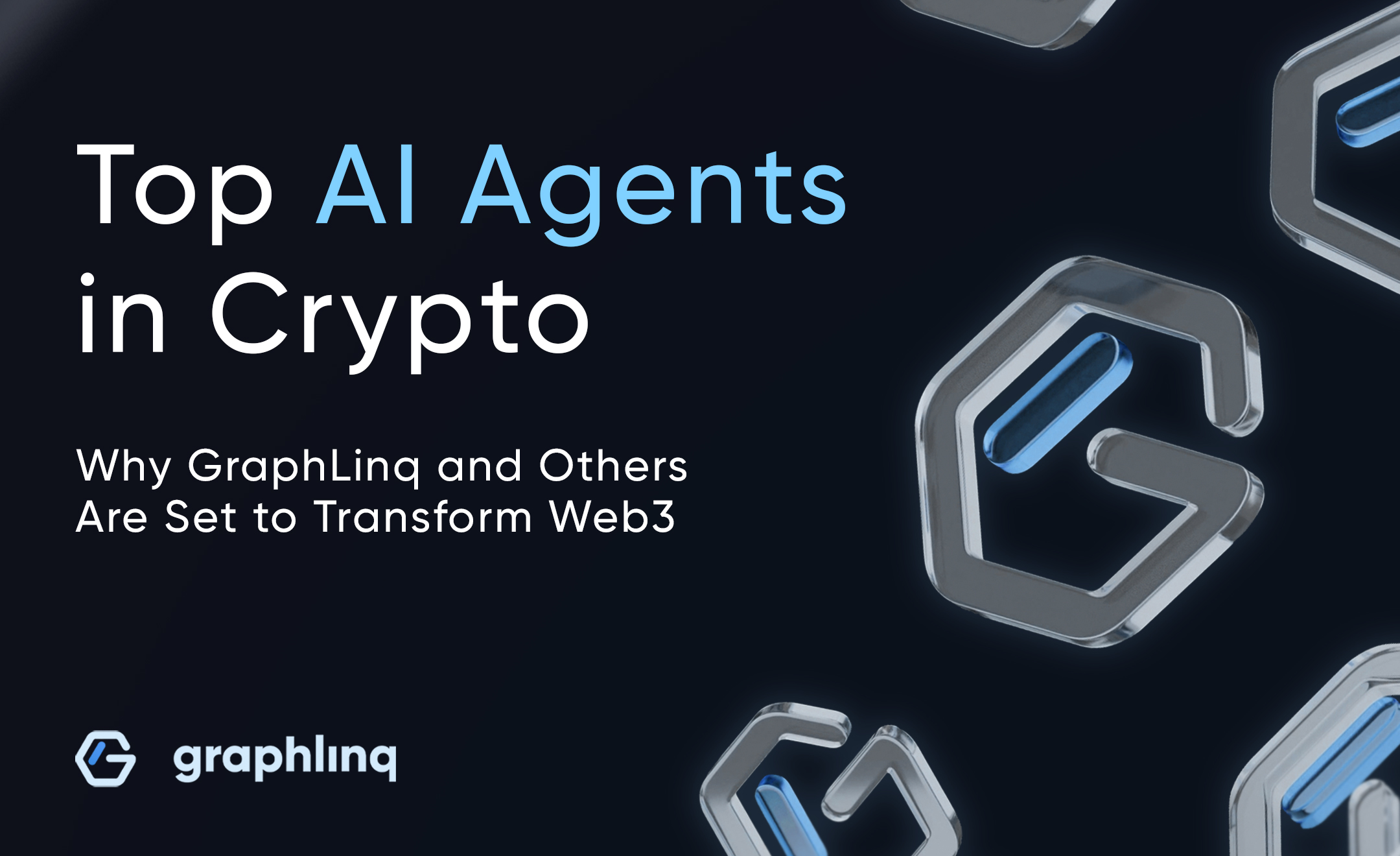
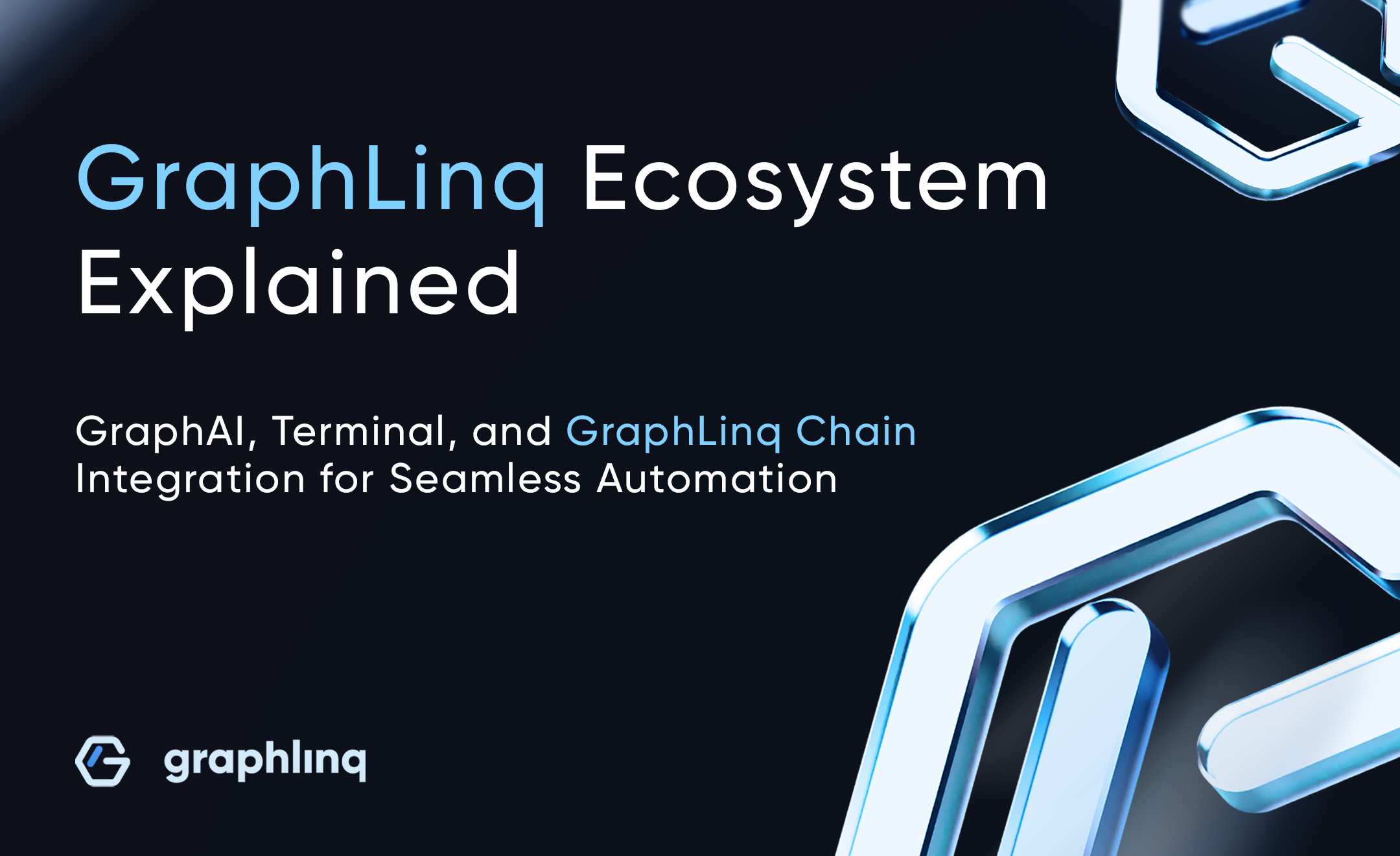
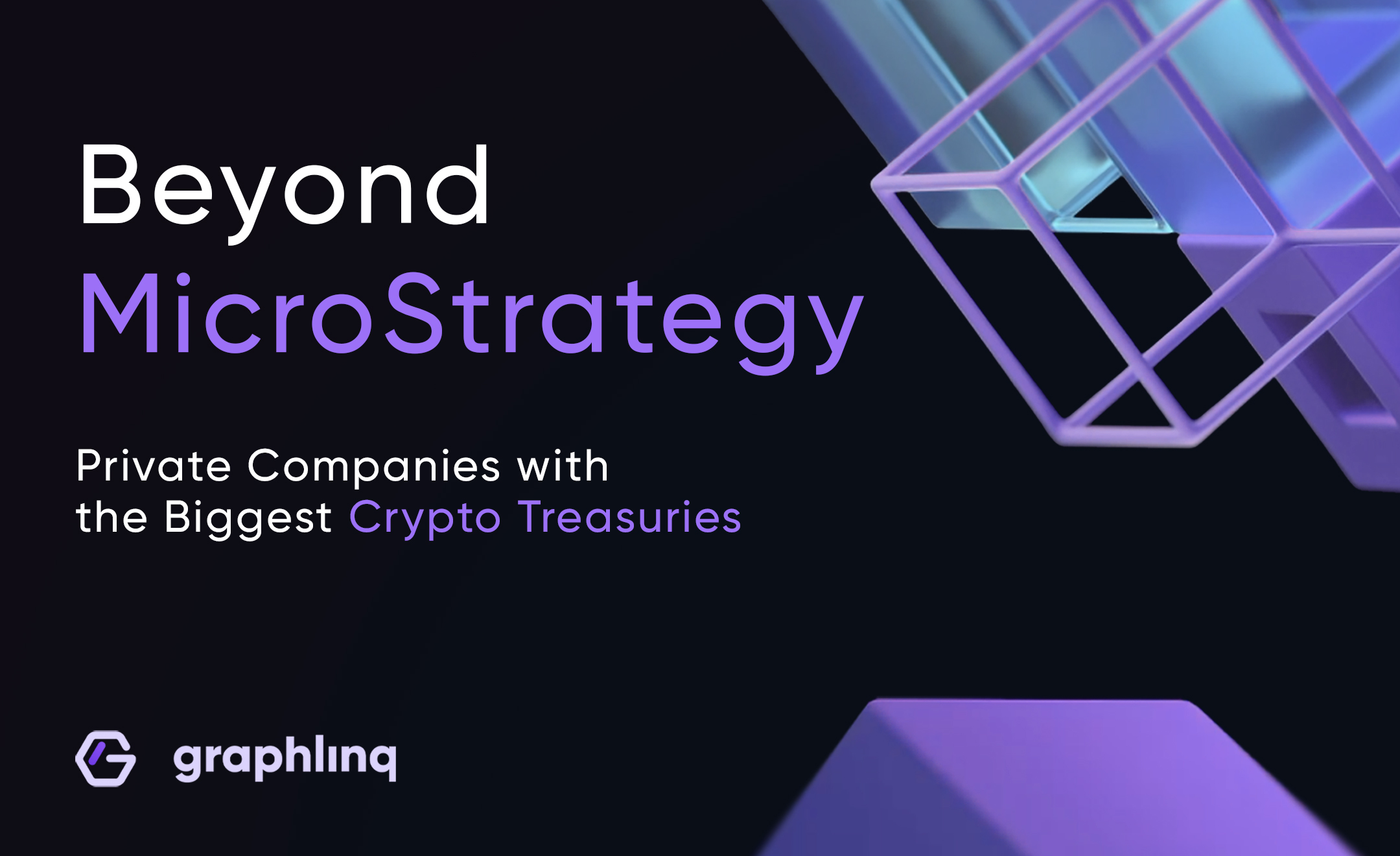
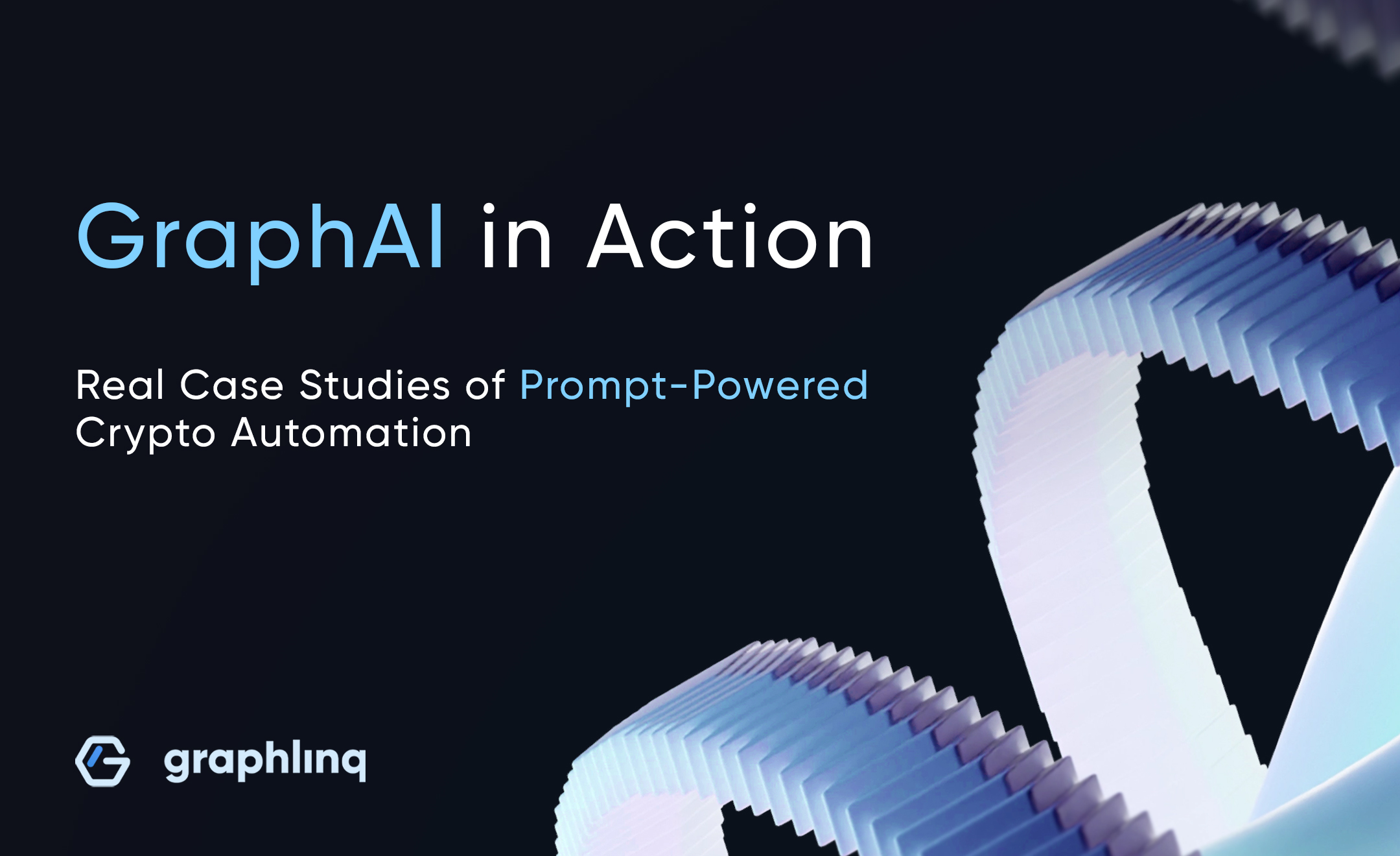





%20Do%20Bitcoin%20Cycles%20Still%20Work_.jpg)
%20What%E2%80%99s%20Next%20for%20Bitcoin%20in%202025_.jpg)



%20What%20Is%20a%20Crypto%20Swap.jpg)






























.jpg)
%20How%20to%20Find%20New%20Cryptocurrencies%20%20Worth%20Investing%20In.jpg)
%20Understanding%20Cryptocurrency.jpg)

.jpg)

A%20Comprehensive%20Guide%20to%20Altcoin%20Season.jpg)
%20cases%20and%20Future%20of%20Ai%20in%20Crypto.jpg)
%20How%20to%20Create%20Your%20Own%20MetaMask%20Wallet.jpg)
%20How%20to%20use%20your%20Crypto%20wallet%20safely.jpg)
What%20is%20a%20smart%20contract.jpg)
%20How%20to%20Protect%20Against%20Crypto%20Scams%20and%20Ponzi%20Schemes.jpg)









